

Omaha, Nebraska
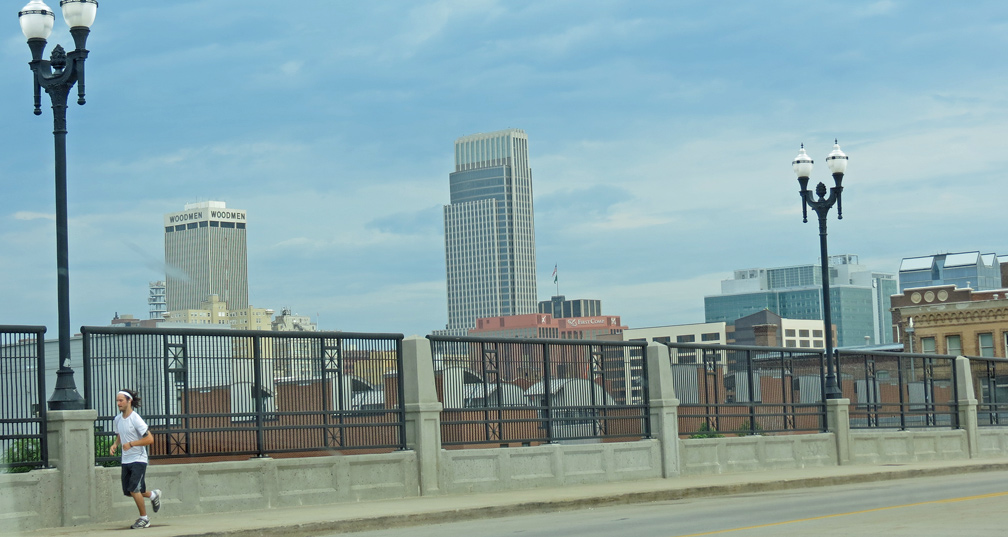
Omaha
Omaha is the largest city in the state of Nebraska, United States, and is the county seat of Douglas County. It is located in the Midwestern United States on the Missouri River, about 10 miles (16 km) north of the mouth of the Platte River. Omaha is the anchor of the Omaha-Council Bluffs metropolitan area, which includes Council Bluffs, Iowa, across the Missouri River from Omaha.
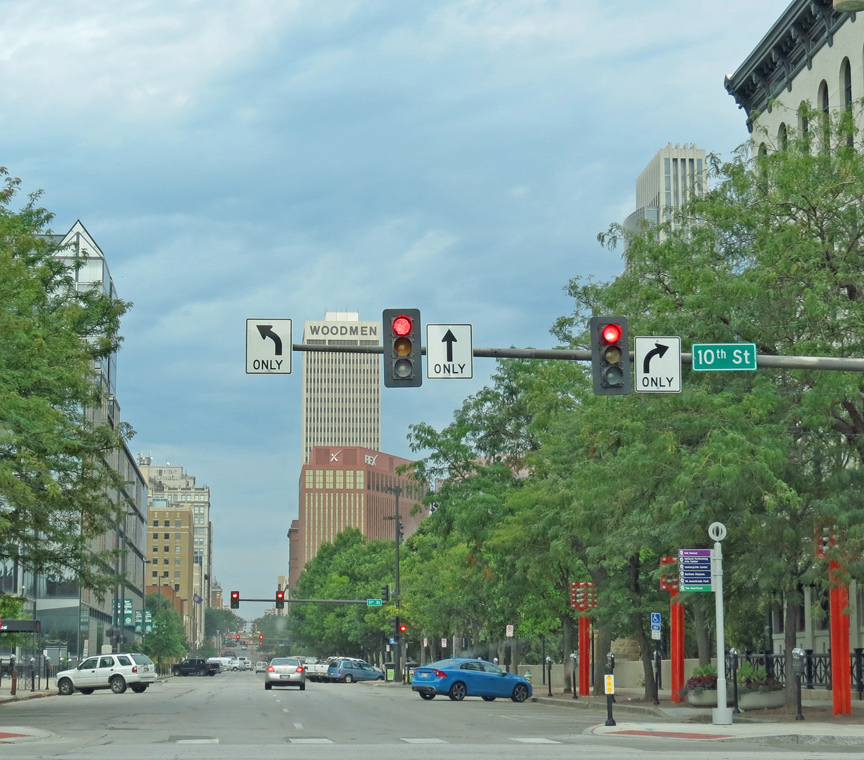
According to the 2010 Census, Omaha's population was 408,958, making it the
nation's 42nd-largest city. According to the 2012 Population Estimates, Omaha's
population was 421,570. Including its suburbs, Omaha formed the 60th-largest
metropolitan area in the United States in 2010, with an estimated population of
877,110 residing in eight counties. The Omaha-Council Bluffs-Fremont, NE-IA
Combined Statistical Area is 922,051, according to the U.S. Census Bureau's 2012
estimate. There are more than 1.2 million residents within a 50-mile (80-km)
radius of the city's center, forming the Greater Omaha area.
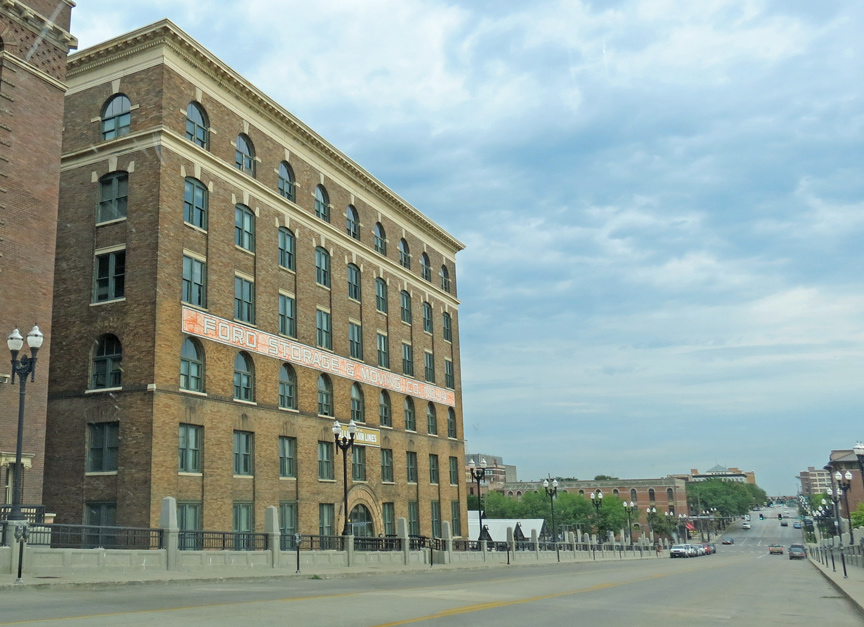
Omaha's pioneer period began in 1854 when the city was founded by speculators
from neighboring Council Bluffs, Iowa. The city was founded along the Missouri
River, and a crossing called Lone Tree Ferry earned the city its nickname, the
"Gateway to the West." It introduced this new West to the world when in 1898 it
played host to the World's Fair, dubbed the Trans-Mississippi Exposition. During
the 19th century, Omaha's central location in the United States spurred the city
to become an important national transportation hub. Throughout the rest of the
19th century, the transportation and jobbing sectors were important in the city,
along with its railroads and breweries. In the 20th century, the Omaha
Stockyards, once one the world's largest, and its meatpacking plants, gained
international prominence.
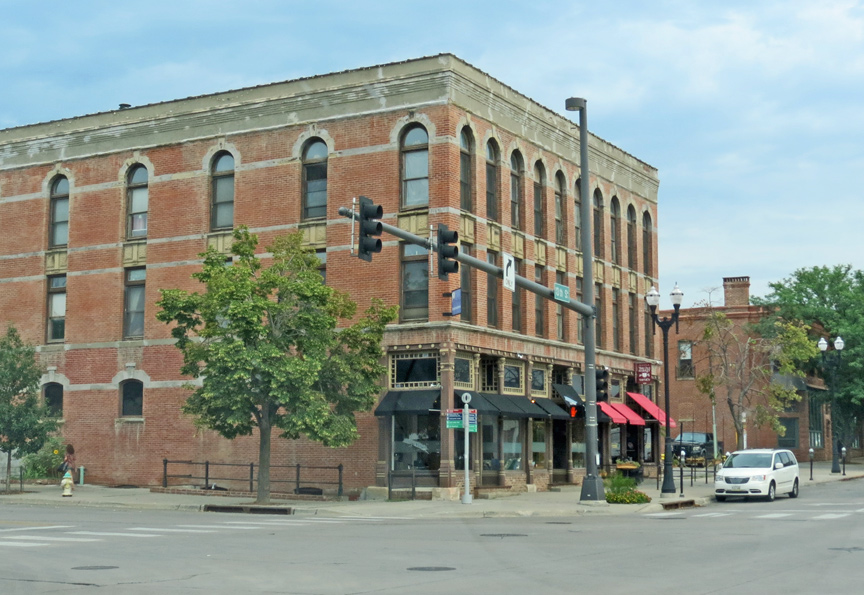
Today, Omaha is the home to the headquarters of five Fortune 500 companies:
packaged-food giant ConAgra Foods; the U.S.'s largest railroad operator, Union
Pacific Corporation; insurance and financial firm Mutual of Omaha; one of the
world's largest construction companies, Kiewit Corporation; and
mega-conglomerate Berkshire Hathaway. Berkshire Hathaway is headed by local
investor Warren Buffett, one of the richest people in the world, according to a
decade's worth of Forbes Magazine rankings, some of which have ranked him as
high as No. 1. Omaha is also the home to four Fortune 1000 headquarters: TD
Ameritrade, West Corporation, Valmont Industries, and Werner Enterprises. First
National Bank of Omaha is the largest privately held bank in the United States.
Headquarters for Leo A Daly, HDR, Inc. and DLR Group, three of the US's largest
10 architecture/engineering firms, are based in Omaha. The Gallup Organization,
of Gallup Poll fame, also is based in Omaha, with its riverfront Gallup
University. Enron began in Omaha as Northern Natural Gas in 1930 before taking
over a smaller Houston company in 1985 to form InterNorth, which was moved
permanently to Houston in 1987 by the notorious Kenneth Lay.
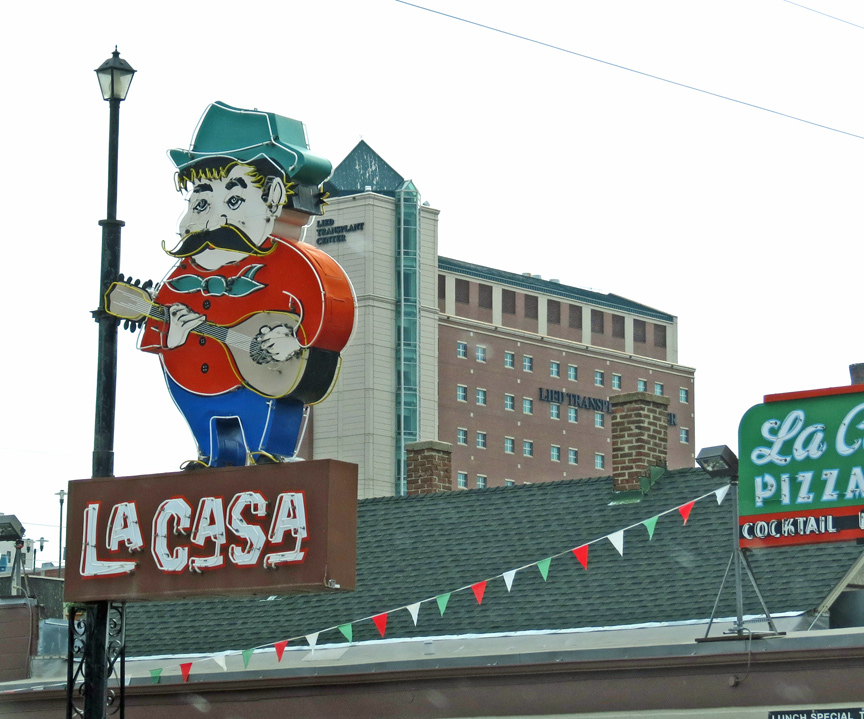
The modern economy of Omaha is diverse and built on skilled knowledge jobs. In
2009, Forbes identified Omaha as the nation's number one "Best Bang-For-The Buck
City" and number one on "America's Fastest-Recovering Cities" list. Tourism in
Omaha benefits the city's economy greatly, with the annual College World Series
providing important revenue and the city's Henry Doorly Zoo serving as the top
attraction in Nebraska. Omaha hosted the Olympic swim trials in 2008 and in
2012.

Notable modern Omaha inventions include the TV dinner, developed by Omaha's
then-Carl Swanson Co.; Raisin Bran, developed by Omaha's Skinner Macaroni Co.;
cake mix, developed by Duncan Hines, then a division of Omaha's Nebraska
Consolidated Mills, the forerunner to today's ConAgra Foods; Butter Brickel Ice
Cream and the Reuben sandwich, conceived by a chef at the then-Blackstone Hotel
on 33rd and Farnam Streets;[14] center-pivot irrigation by Omaha's now-Valmont
Corporation; the bobby pin and the "pink hair curler," at Omaha's Tip Top; the
ski lift, in 1936, by Omaha's Union Pacific Corp; the "Top 40" radio format,
pioneered by Todd Storz, scion of Omaha's Storz Brewing Co., and head of Storz
Broadcasting, which was the first in the U.S. to use the "Top 40" format at
Omaha's KOWH Radio. A character in a Rudyard Kipling essay claimed "dice were
invented in Omaha, and the man who invented 'em, he made a colossal fortune."
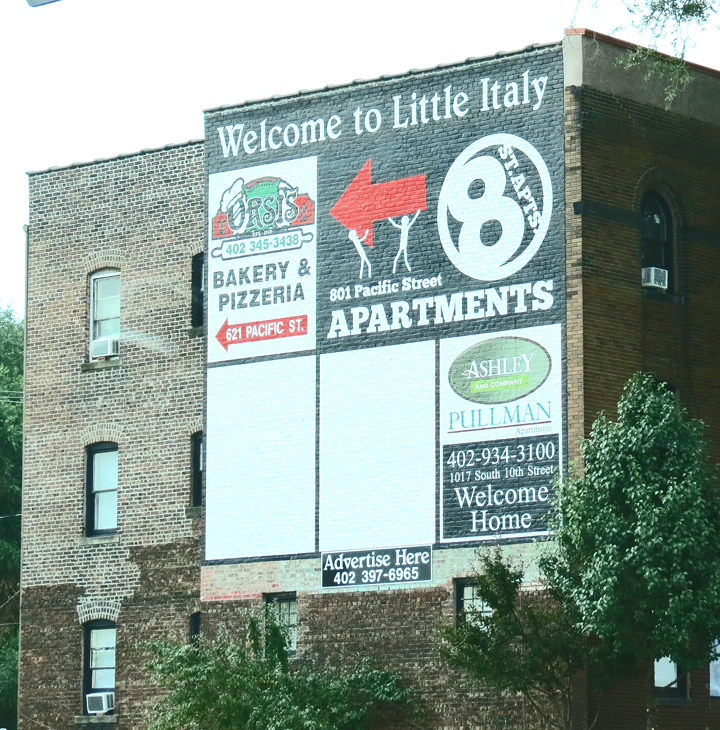
A historic preservation movement in Omaha has led to a number of historic
structures and districts being designated Omaha Landmarks or listed on the
National Register of Historic Places. Much of the push toward preservation came
after Omaha gained the notorious designation of having, in 1989, demolished the
largest-ever National Register historic district in the United States, a record
that still stands as of 2013. The Jobbers Canyon Historic District, along the
Missouri River, was felled for a new headquarters campus for ConAgra Foods, a
company which threatened to relocate if Omaha did not allow them to raze the
city's historic district. The Jobber's Canyon warehouses had before then been
allowed to deteriorate and were the scene of several fires set by the homeless
population that had come to live in the abandoned buildings. At the time, there
were no plans in place for revitalizing the buildings.
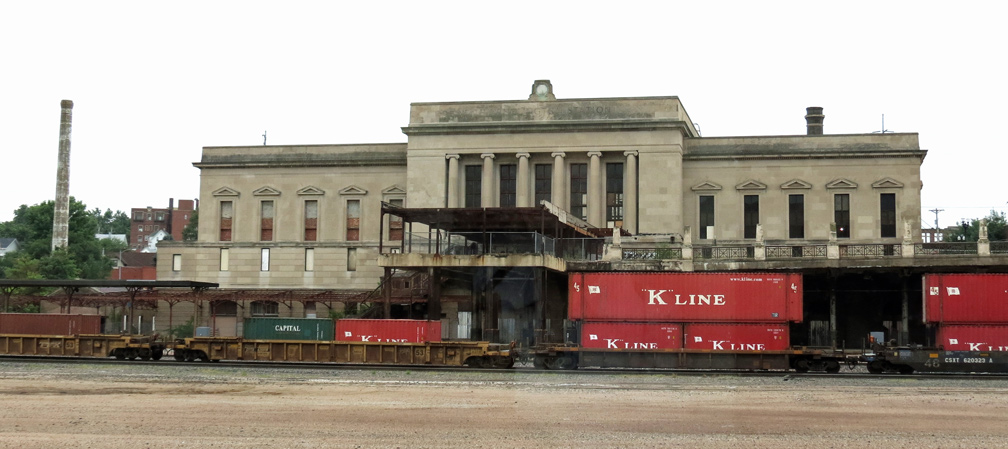
former Burlington Railroad Station
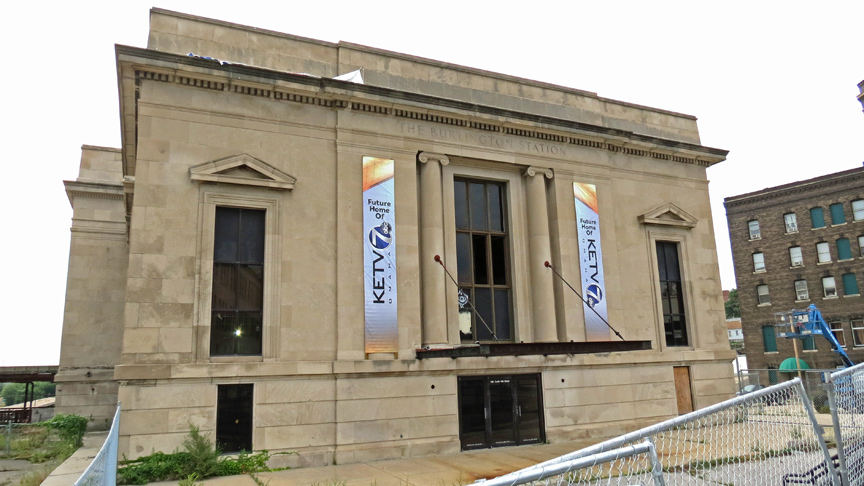
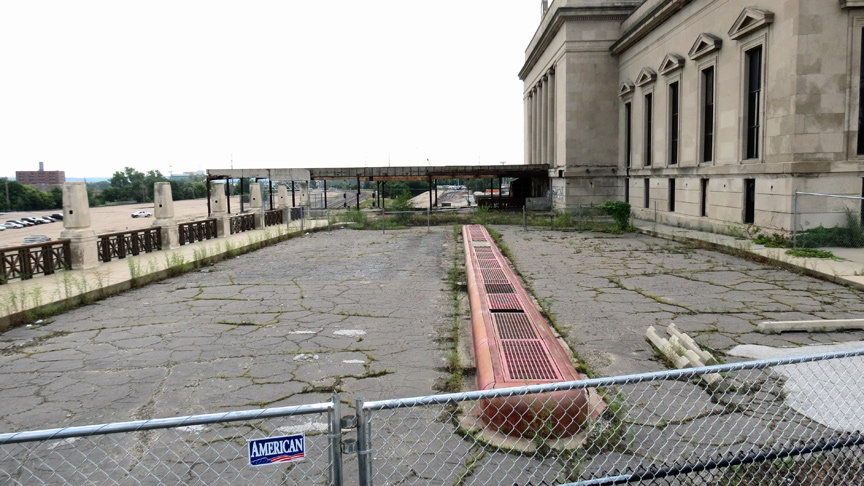
Since its founding, ethnic groups in the city have clustered in enclaves in north, south and downtown Omaha. In its early days, the sometimes lawless nature of a new frontier city included crime, such as illicit gambling and riots. Today, the diverse culture of Omaha includes a variety of performance venues, museums, and musical heritage, including the historically significant jazz scene in North Omaha and the modern and influential "Omaha Sound". Sports have been important in Omaha for more than a century, and the city currently plays host to three minor-league professional sports teams. It is perhaps more known as the home of the College World Series, to which it has played host since 1950. The Kings, an NBA franchise, called Omaha and Kansas City home from 1972 to 1978. The Kansas City-Omaha Kings split their time between the two cities, playing at Kansas City's Municipal Auditorium and the Omaha Civic Auditorium, before decamping solely to Kansas City until 1985, when the team moved to its current home of Sacramento.
Text from Wikipedia
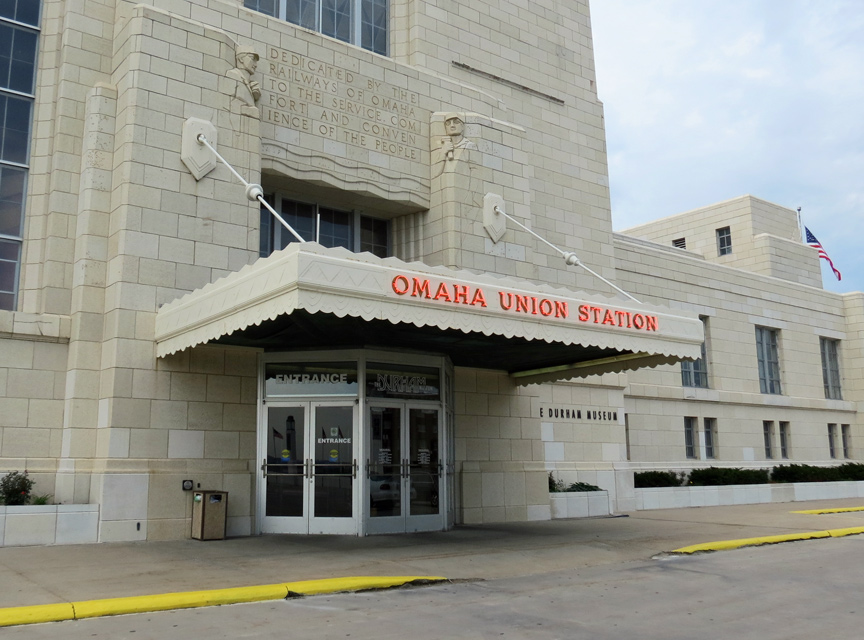
Omaha Union Station
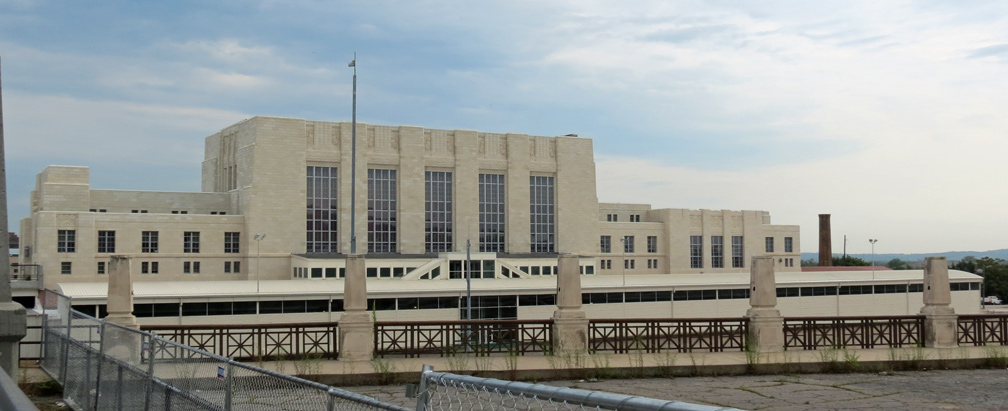
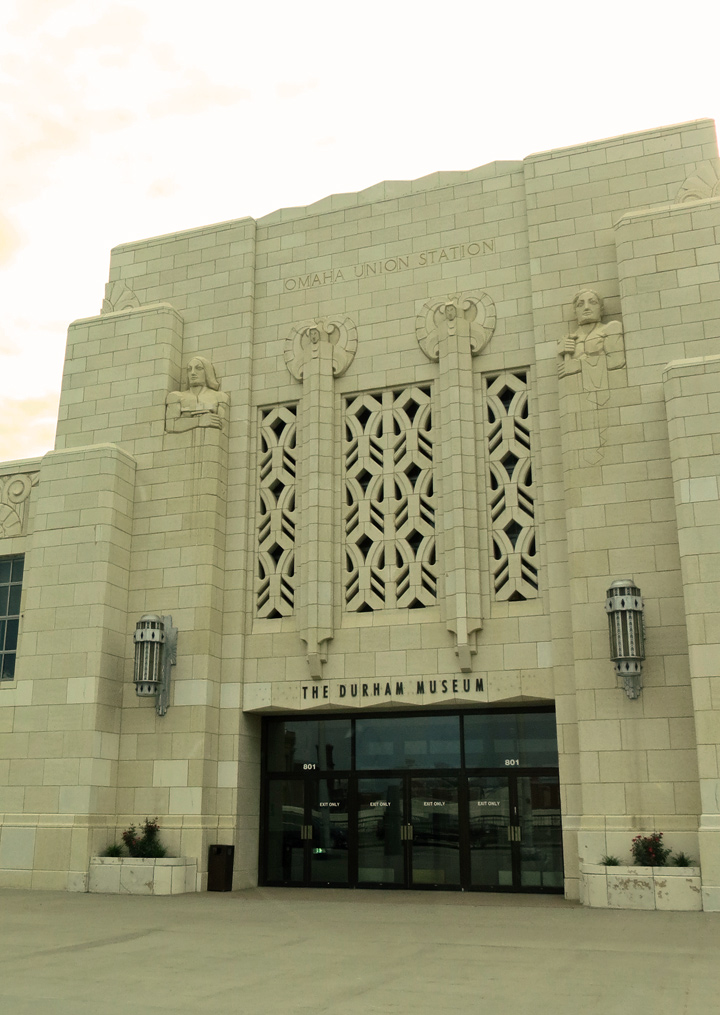
Durham Museum
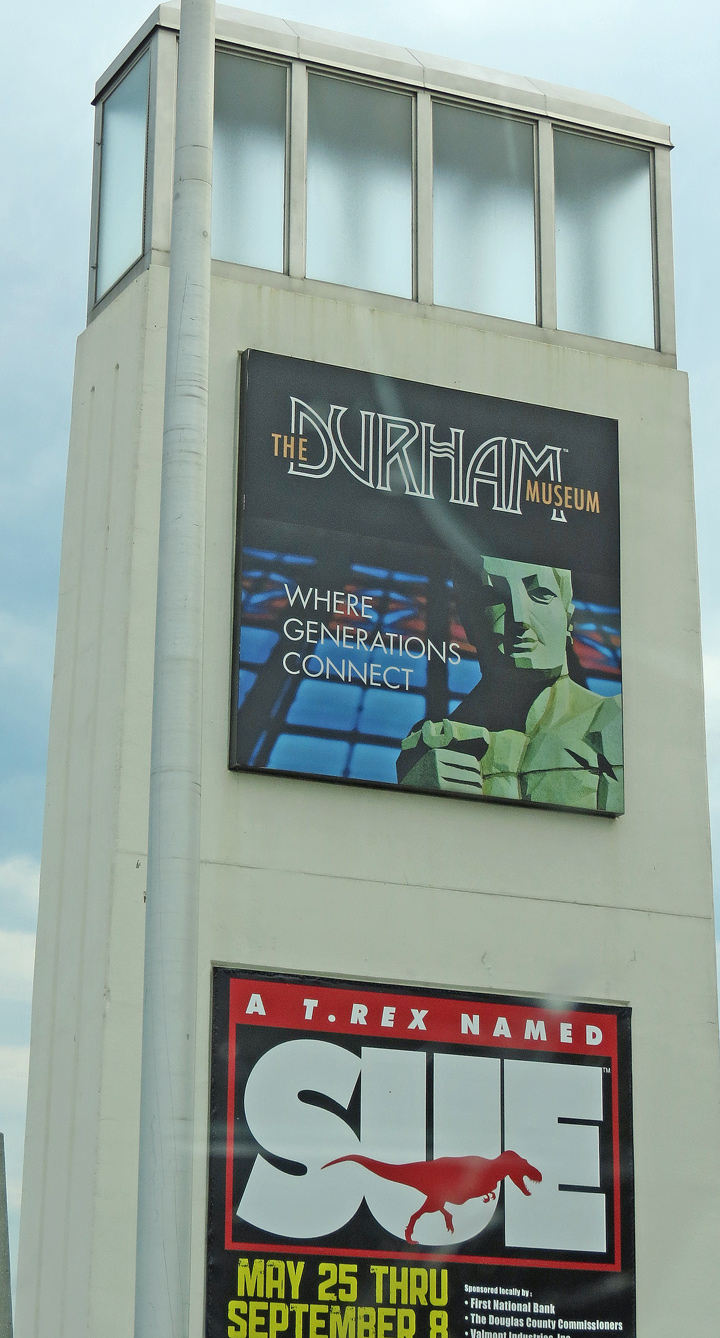
More Photos of the Durham Museum
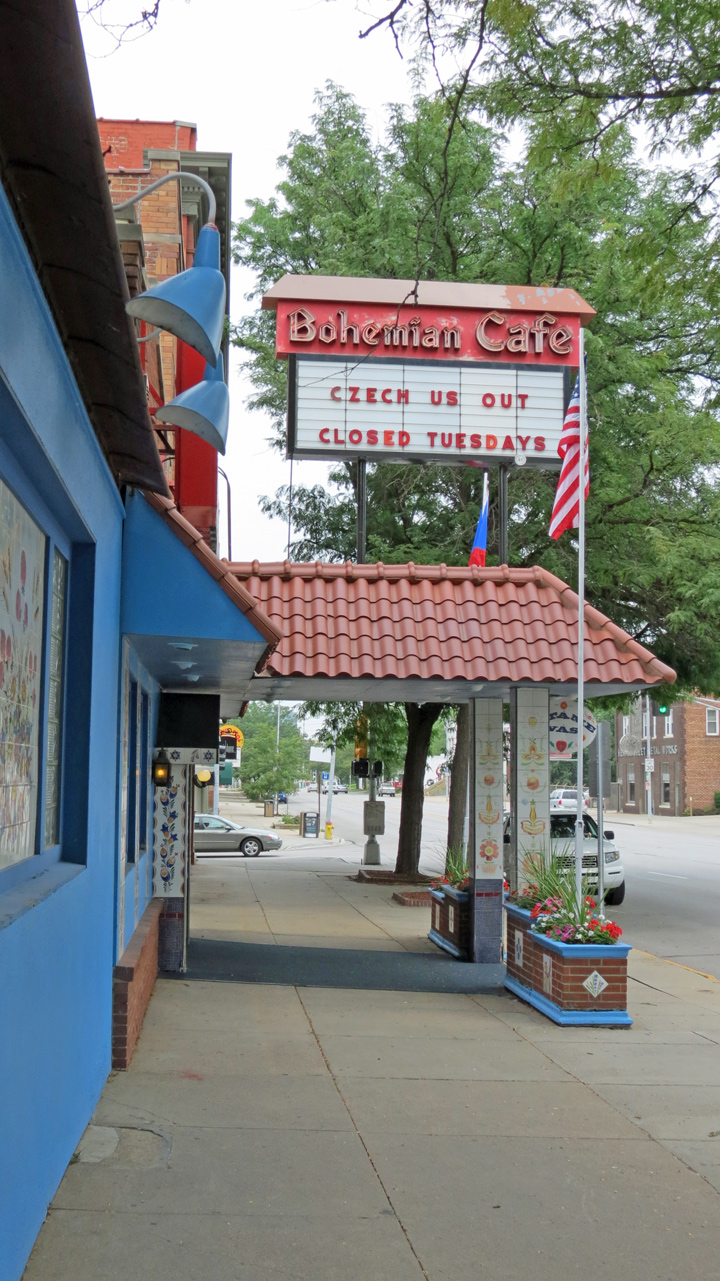
Czech Food
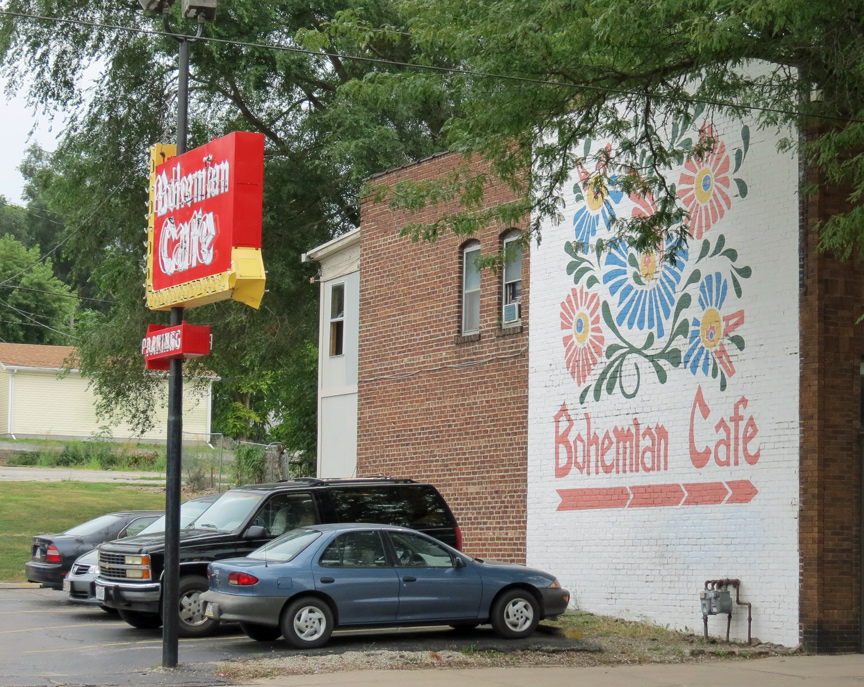
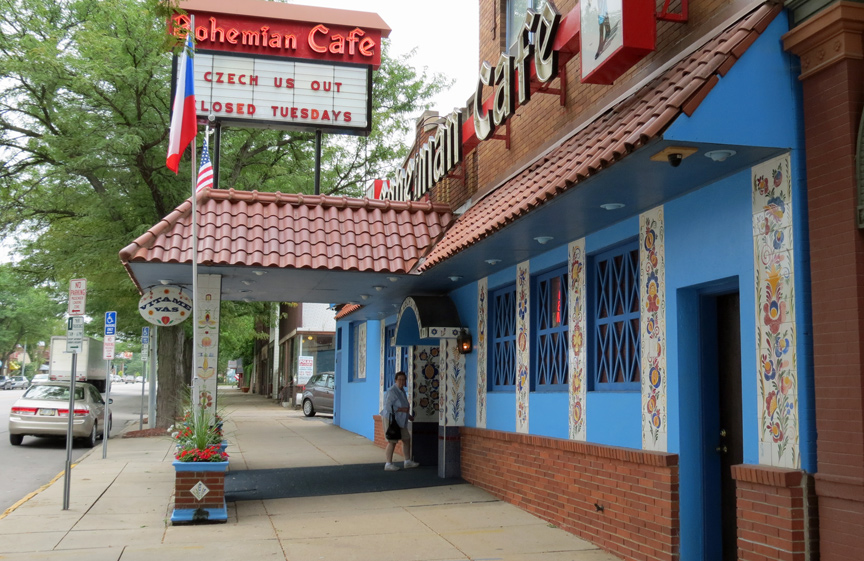
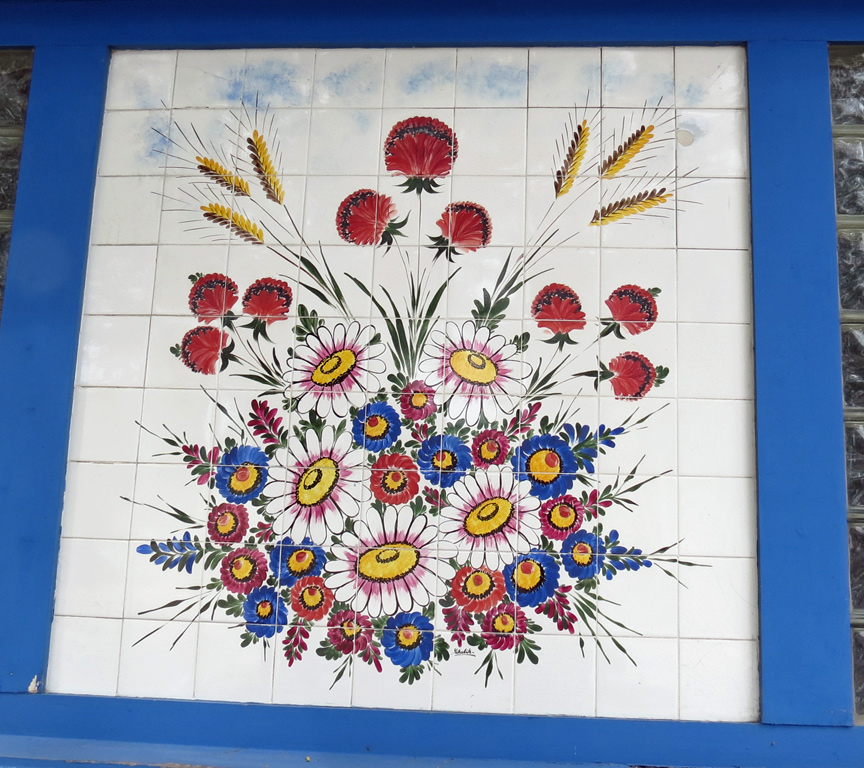
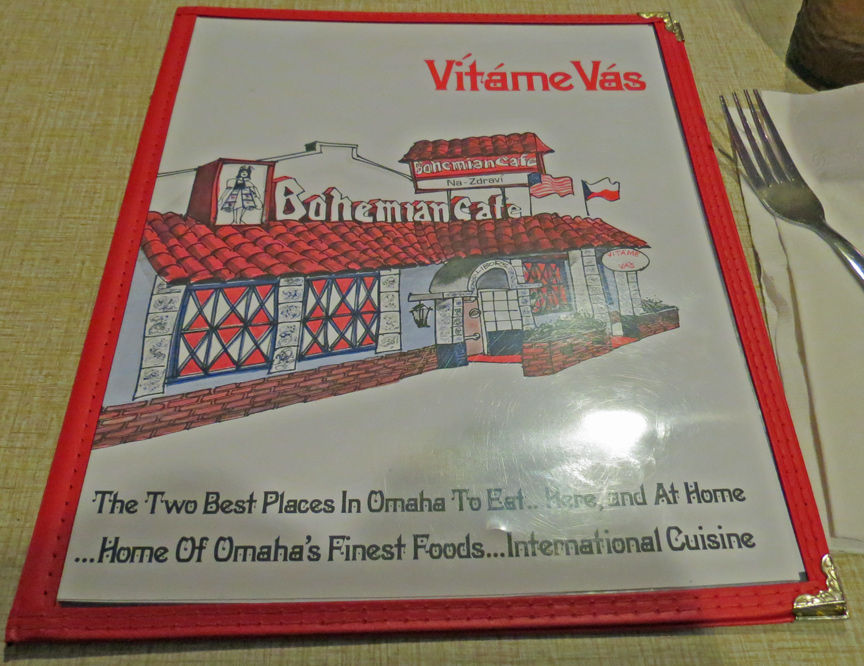

liver soup
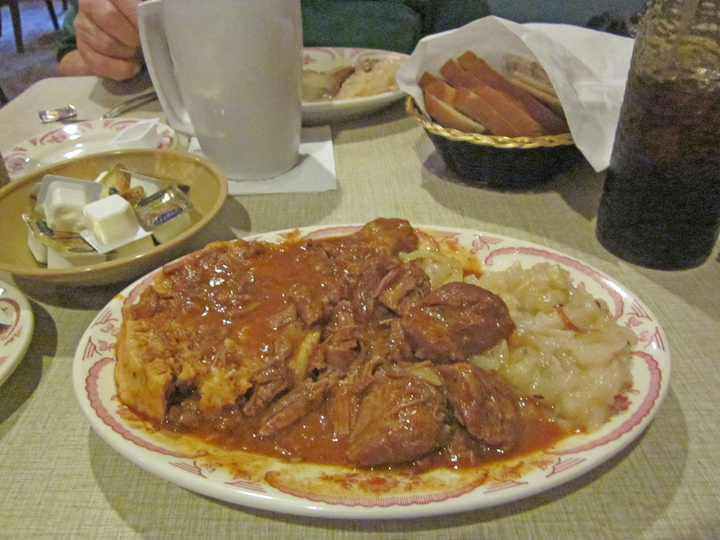
goulash
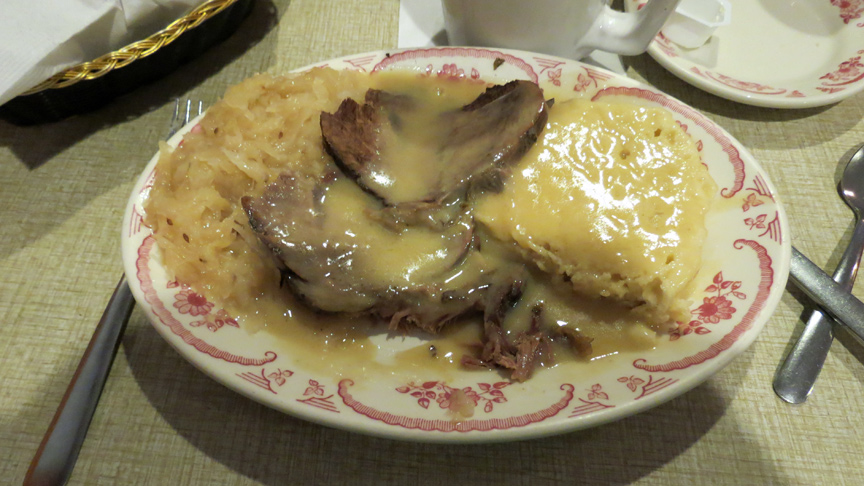
sauerbraten
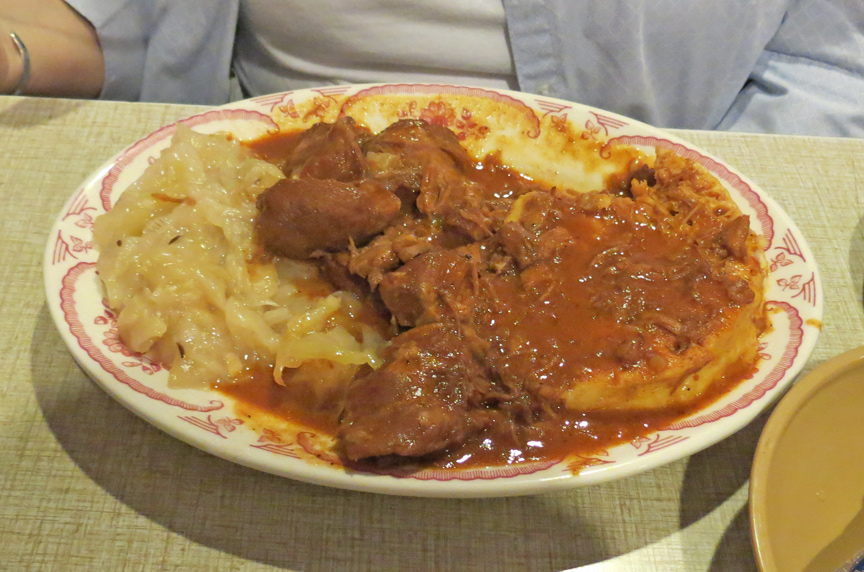
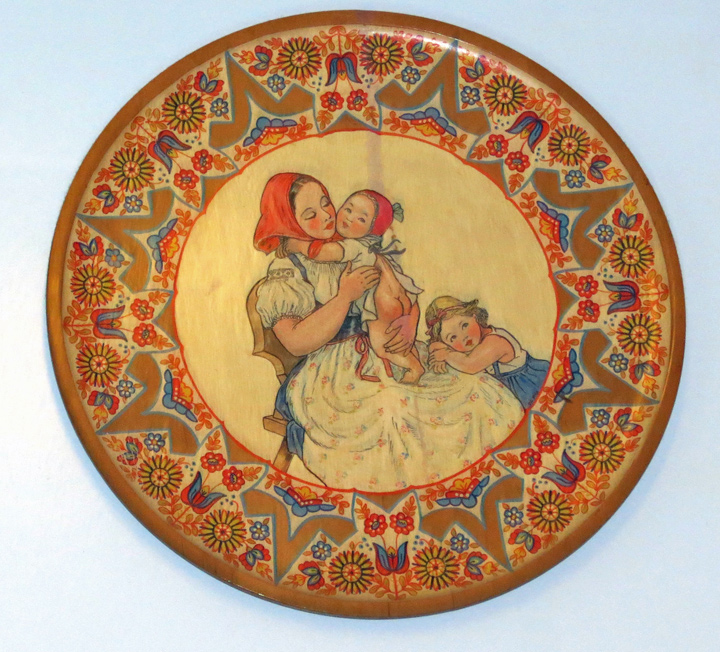
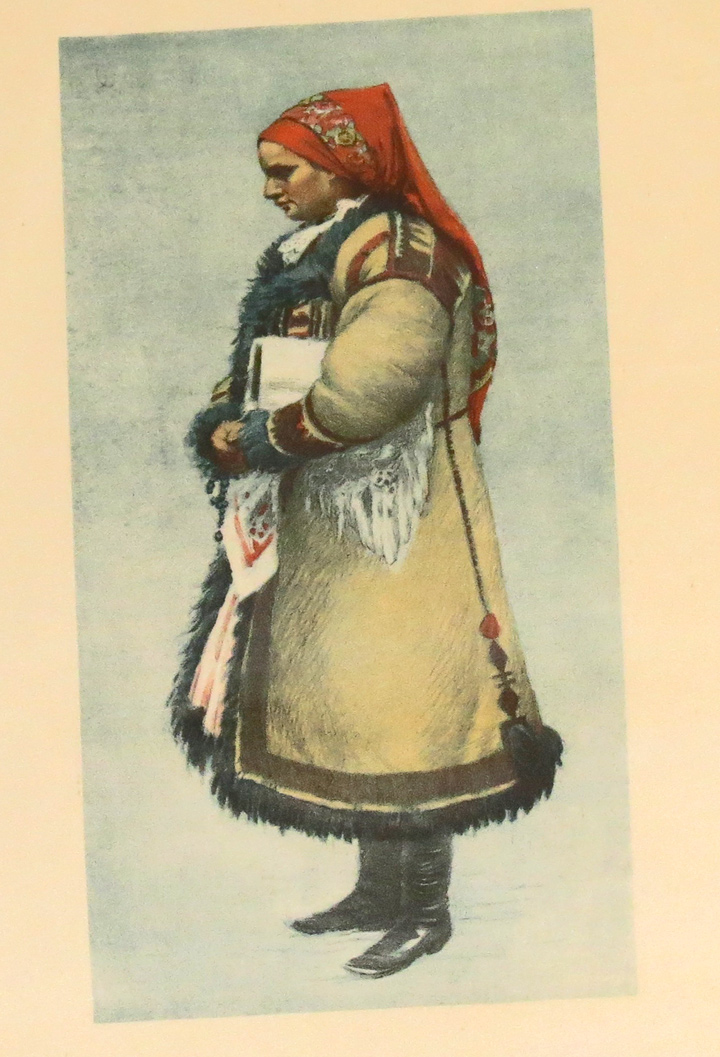
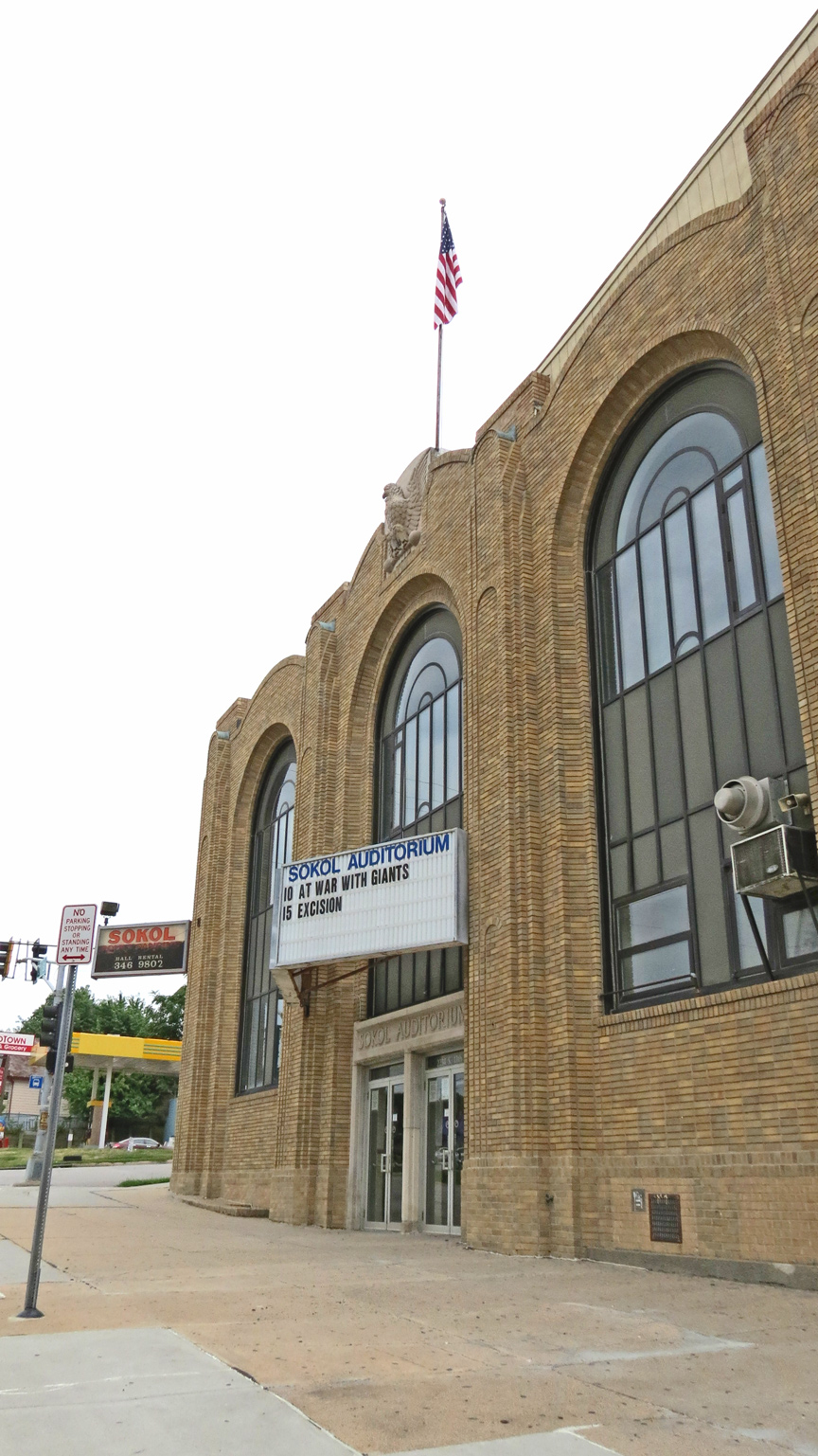
Sokol - Check Center
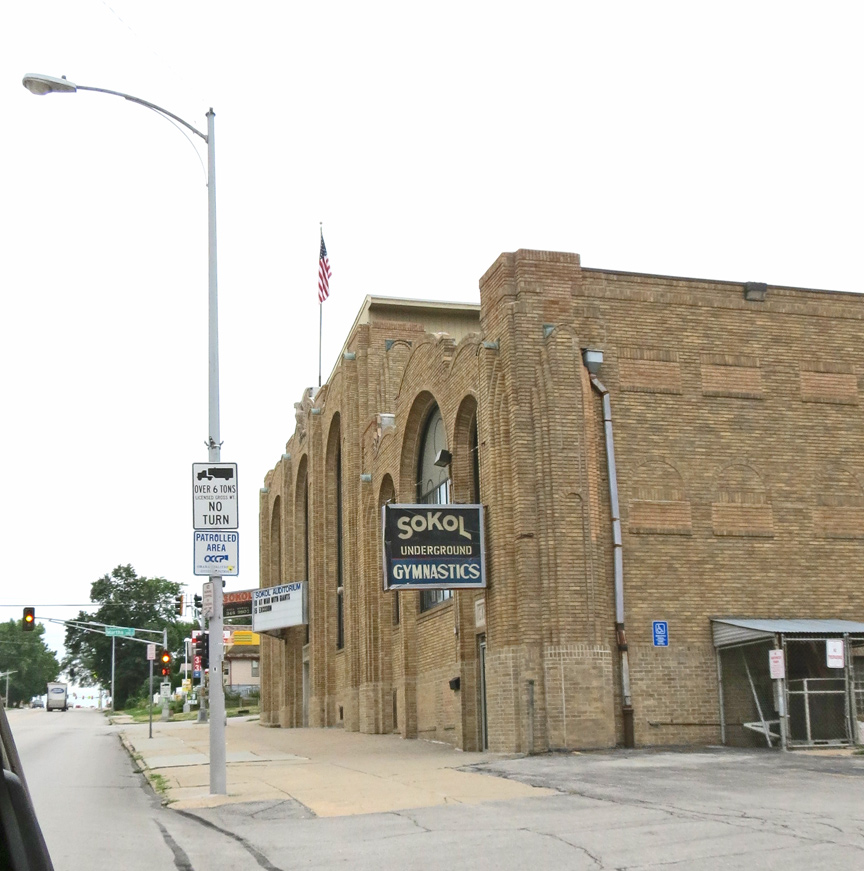
includes gymnastics
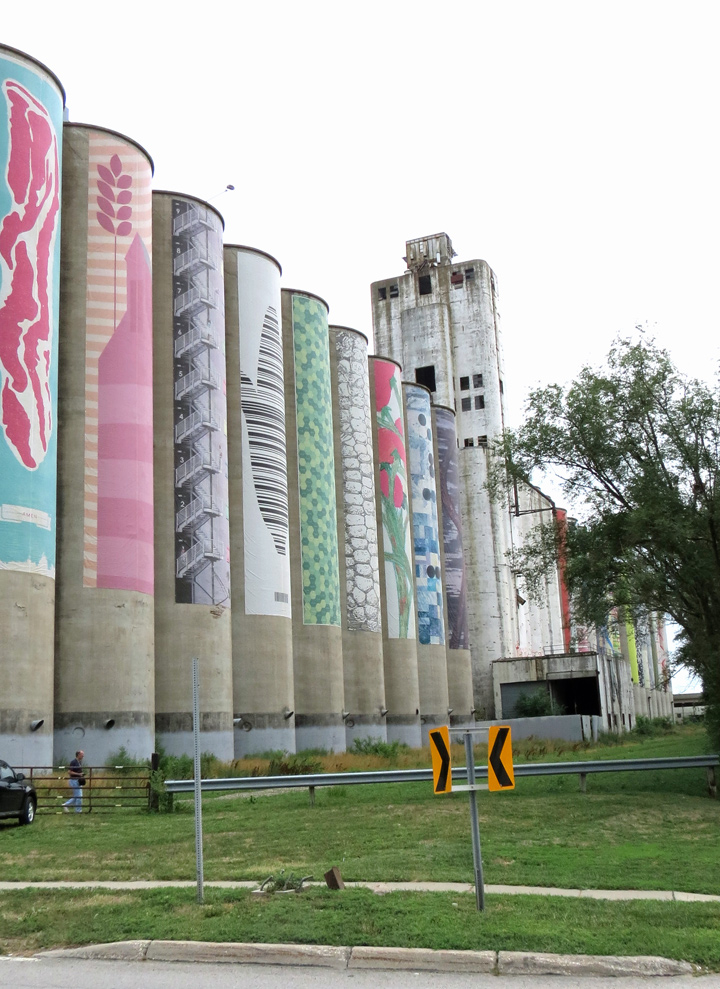
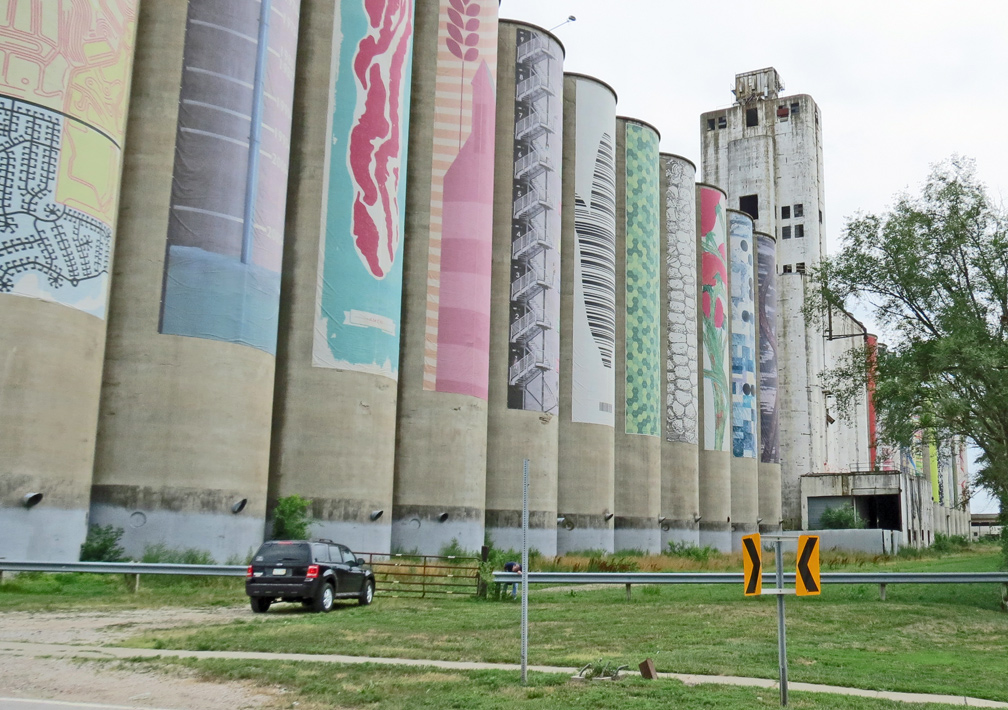
silo art
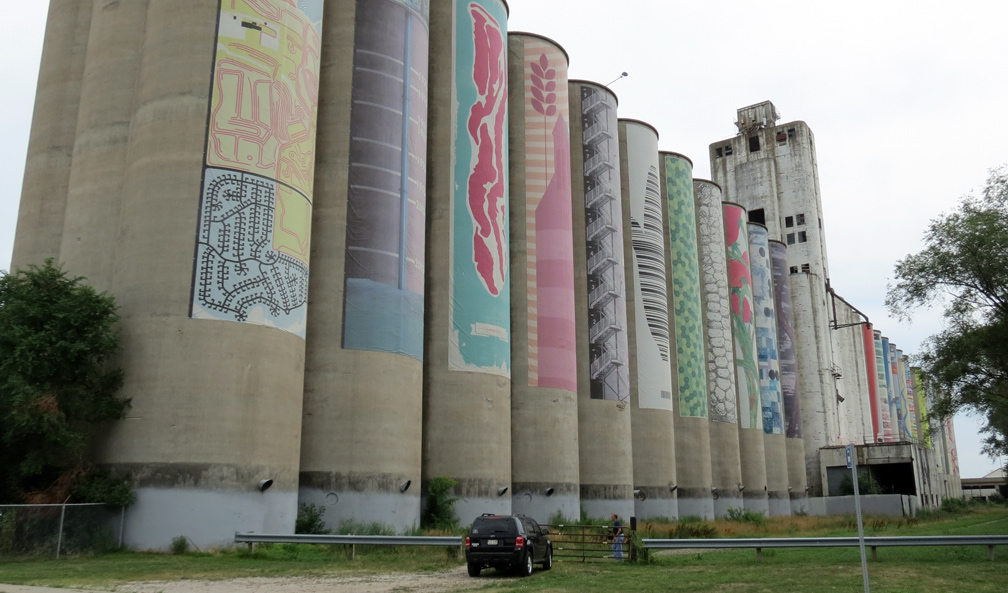
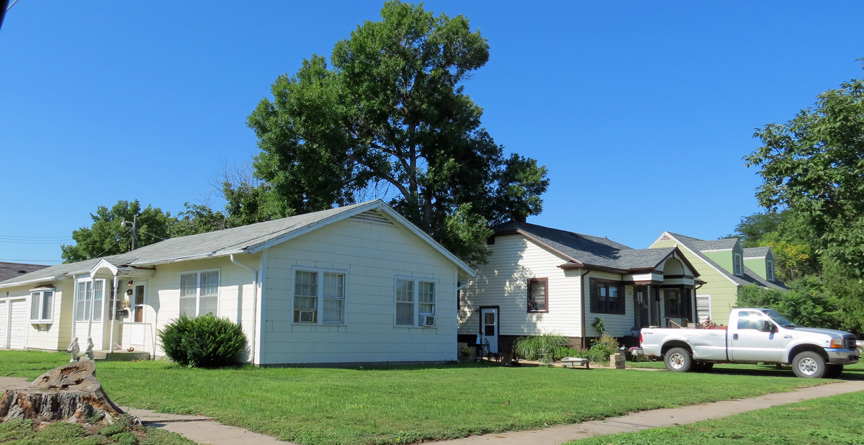
typical residence
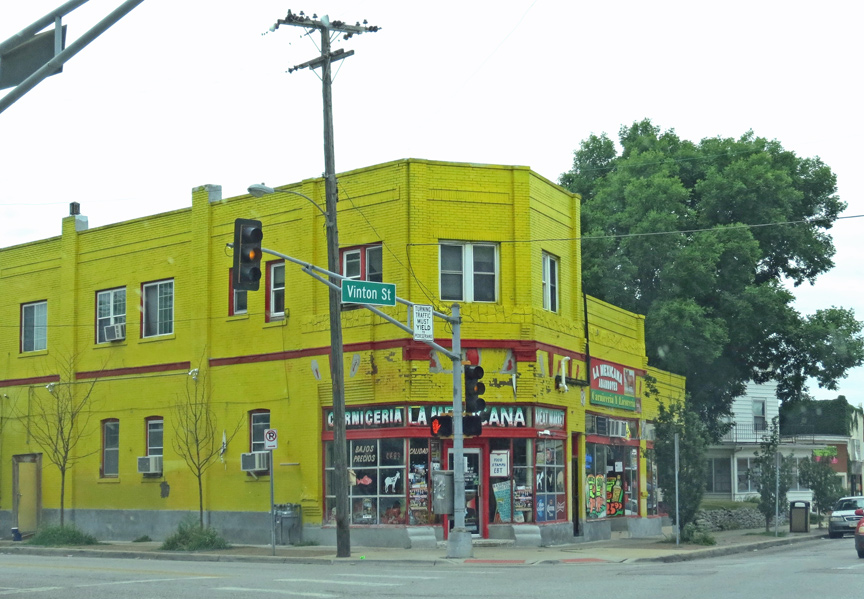
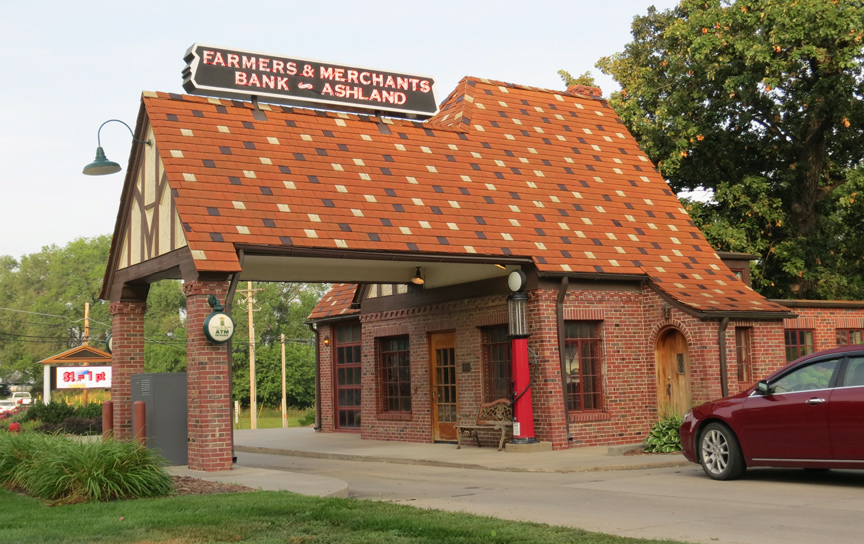
former auto service station